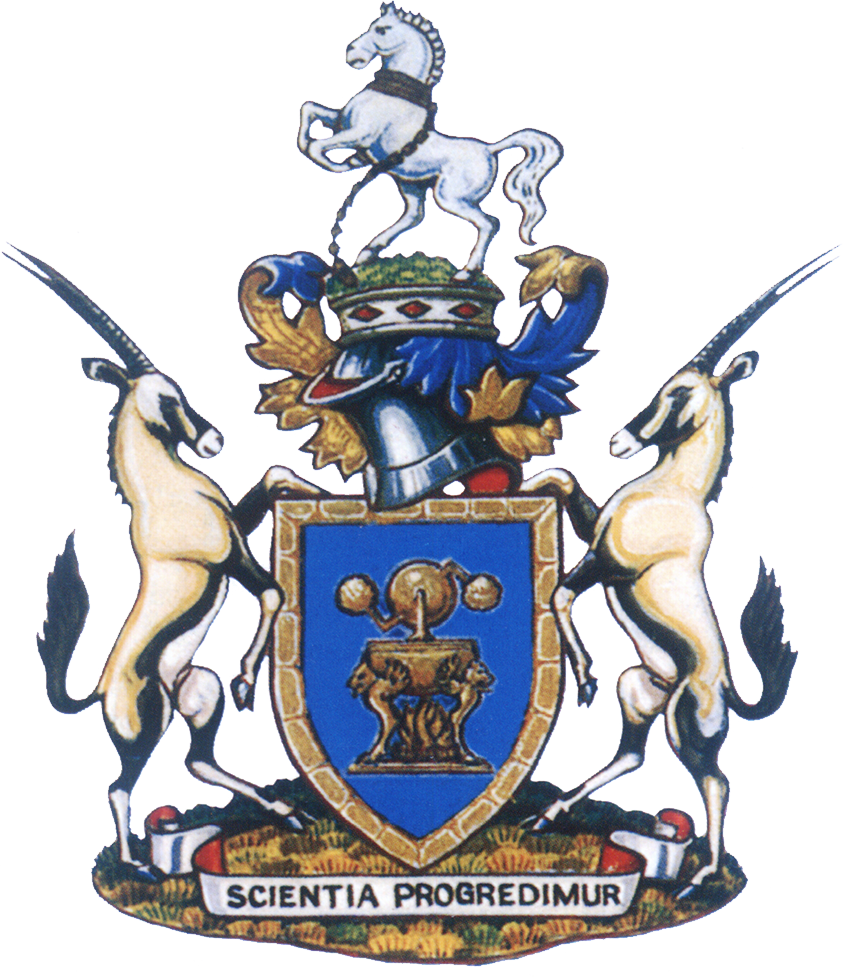It has been interesting, if nothing else, to read the various news
reports on the recent matriculation results. What they convey is that the
Education Ministry itself is not exactly a star performer in matters of
mathematical interpretation or statistical determination. Celebrations have taken place to highlight
certain so called achievements that, when the numbers are studied in cold, hard
reality, leave a seriously sub-standard and effectively deteriorating situation
overall. One can only conclude that it is politically driven distortion,
nothing we do not now expect from the ANC government that has earned itself a
dominant fail mark in handling the country’s education system. Here’s the
celebratory bit, ably enthused about by our Minister of Education:
"The overall matric
pass rate for 2011 was 70%, up from 61% two years previously”.
Here are some of the results about which the reader can conclude as to
how they could possibly provide any confidence in SA developing a scientific
and mathematical culture sufficient to support both our future trades and
professions, and compete internationally.
Compared with the previous year, there was a 40 % higher number of dropouts
who did not write matric, thus enabling a higher percentage pass rate.
"The average mark for the maths paper was 29%, for physical science
32% and for life sciences 38% (after being adjusted up from 34.9%).” To obtain
a final mark, Umalusi adjusts some of the marks either up or down based on
various statistical factors. Umalusi refuses to explain how this is done, claiming
it is it is a highly complex, technical and qualitative process, and presumably,
they conclude, is beyond the comprehension of the public to understand. Unofficially,
insider comment is that it is done because learners could lose bursaries,
universities would scoff at the unadjusted grades, it could jeopardise those
intending to study abroad, and it could prejudice those with good marks whose
figures were not adjusted.
Overall,
it is beyond reason that the acceptable pass rate for maths and science is
30%.One wonders if we can envisage how such low levels can
produce candidates capable of mastering simple, daily numeracy let alone
designing structures, undertaking complex medical operations and carrying out
actuarial evaluations. Such pass levels,
however, are clearly sufficient to qualify to become politicians.
For it was
they who disbanded the Teachers Training Colleges which had historically
provided a standard of teacher required to understand the subjects they had to
teach. It was they who decided after many expensive overseas trips and
conferences to introduce the OBE system against the advice of many countries
and academics that had experience of it, if not for the simple reason that it
only works in highly cognitively advanced environments. It was they who have
now got the teachers’ trade unions into such a state of self protection and
poor work ethic that is pervasive at public schools. All I can say is thank
goodness for private institutions and parental involvement that are producing a
high grade of students, albeit very small in real numbers.
It is imperative to
address this alarming state of affairs by getting to the root cause of the
problem: surely teacher quality and work ethic. Fudging numbers to give the
veneer of success achieves nothing and in fact hides the reality that results
in our current skills, unemployment and service delivery crises.
Insofar as the
feedstock to the engineering profession is concerned, I was amazed at some
recent edicts that we must draw on our rural communities (many serviced by
under-provided schools) for our future engineering resources, clearly motivated
by a strong dose of political correctness. When will this level of thinking which
should know better about the challenges facing the professions that require a
high standard of maths and science get real? It is imperative to draw their
feedstock now from the top schools that produce the distinctions to keep the
numbers flowing to the tertiary institutions. We have to find engineering
students which have the capability of maintaining an acceptable quantum of the
right standards across the built environment and in sufficient numbers to
reverse the net loss from the profession. The real issue is that SA is being
steadily duped by a government that has evolved some sort of DNA that controls
a process that achieves the lowest common denominator, not the highest common
factor. Certainly this is not a formula for a competitive country.



